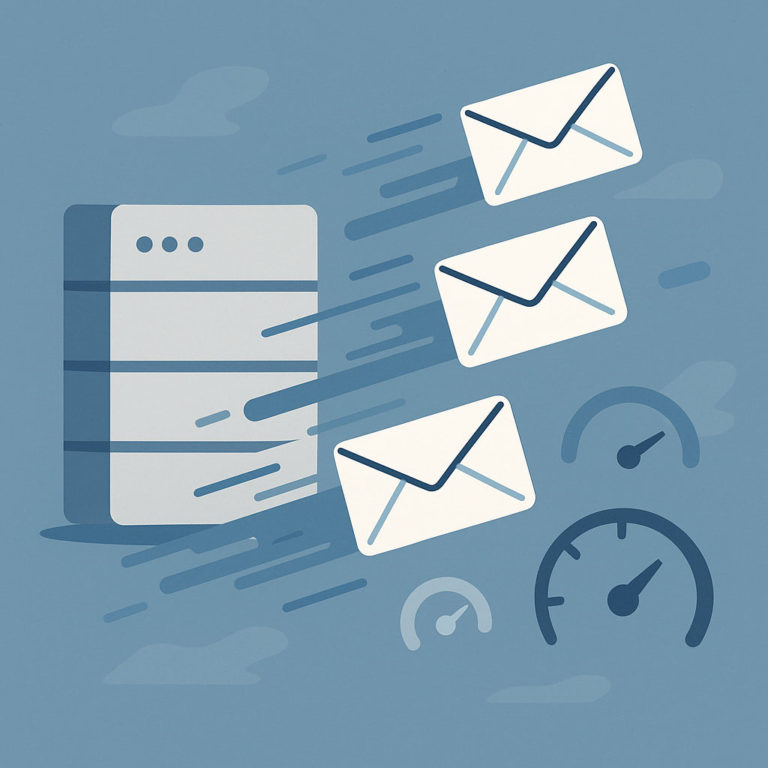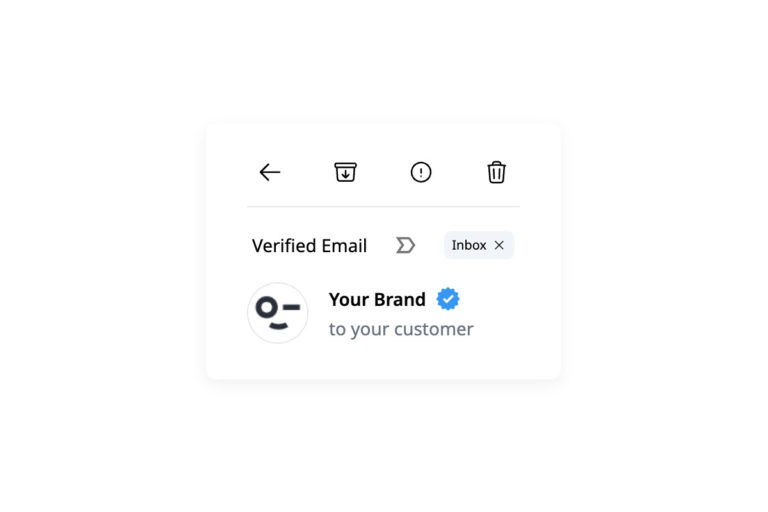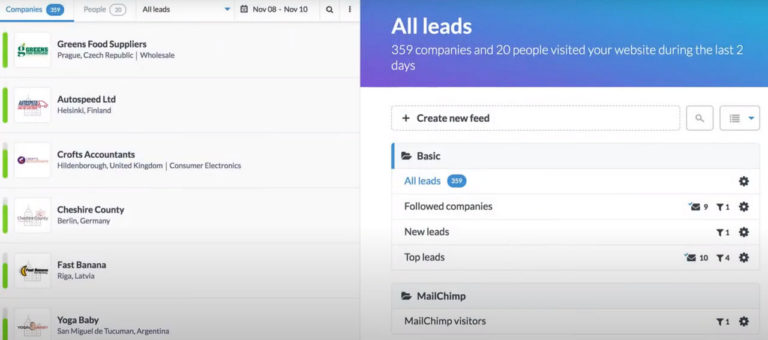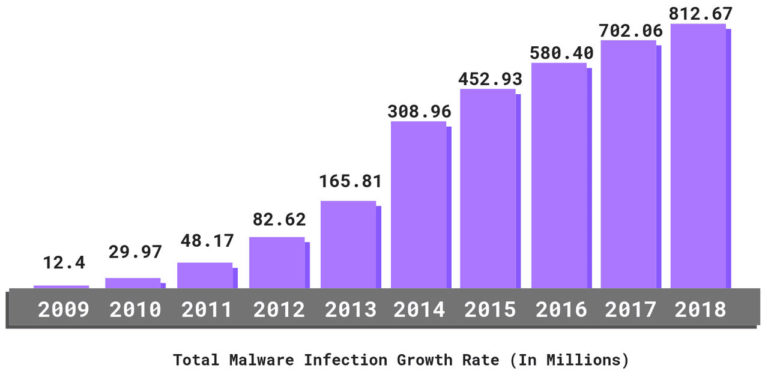Do you know that number of spam emails greatly exceeds the number of legitimate emails? According to recent studies, more than 80% of all emails are spam, which costs businesses a staggering $20 billion every year.
Spam is a serious and costly thing. It is no wonder why large companies, ISPs, and mail service providers are obsessed with preventing it from escalating. They tighten the rules to regulate spam activity, make filters aggressive and ruthless, and of course, regularly update domain blacklists.
All these measures improve the global situation; however, they do come at a certain price for regular businesses.
To ensure that emails reach their intended audience without getting filtered as spam or added to blacklists, email campaigns need to be strategically planned. Using an email checker tool that can spot possible problems and provide fixes is one way.
The use of an email checker tool can be quite helpful in avoiding blacklisting. Your email domain may be blacklisted if it is reported as spam or unsolicited email, which will drastically lower your deliverability rates. You may be sure that your emails adhere to industry standards and are less likely to be labeled as spam by using an email checking tool, which promotes goodwill with internet service providers (ISPs).
The deal is, today, even at the slightest suspicion of malware behavior or sending out spam, you risk getting into a domain blacklist that brings about damaging consequences for business and email marketing in particular. To make matters worse, no one will notify you about that. The only way to find out this is to check blacklist domain and see whether you are in or not.
Therefore, let us find out how to check blacklist domain so that nothing interrupts you from achieving your financial goals.
What are Email Blacklist and Domain Blacklist?
According to Wikipedia, an email blacklist is a database with email addresses, domains, or IP addresses that mail service providers and some respectful third-party services consider “bad.” It is regularly updated to stay on top of things and provide users with the best protection from malware and online threats.
There are several popular types of blacklists:
- Malware Blacklists,
- DNS Blacklists,
- IP Blacklists,
- Phishing Blacklists,
- Spam Blacklists.
Today we are going to focus on domain blacklists, also known as URI Real-time Blacklists. They comprise spam domain names that appear within the email body. There are a hundred of them in the wild that can be broken into three main categories.
Categories of Domain Blacklists
There are three general categories of domain blacklists that you should know.
- Enterprise Blacklists. This category covers blacklists and firewalls used mainly by corporate IT departments. They are proprietary directories in professional instruments and antivirus systems like McAfee, Cisco, and Barracuda.
- Private Domain Blacklists. Private domain blacklists represent a group of internal blacklists that are closed to the crowd. For example, Gmail and popular ISPs have their databases with email addresses to determine whether to accept or reject the email.
- Public Domain Blacklists. These databases are open to the crowd so that everyone can access them. Although they cannot block your mail, still popular email providers use them to form their list of untrusted email addresses that should be stopped.
The main problem of domain blacklists is that the system that decides whether you are worth being on it or not is tricky and sophisticated in order to match clever spammers who try to imitate regular users’ behavior to get through spam filters. Therefore, it happens sometimes that even trusted resources or businesses that run a clean office are blacklisted.
Beyond that, there is a plethora of reasons to get your domain blacklisted even though you are not a serial spammer. You will be surprised to know how little it takes to be blocked from sending emails. Let us consider popular reasons why you can get into the domain blacklist.

Spam Data by Barracuda
Reasons Why You Can Get into Domain Blacklist
As we all know, you can get your domain blacklisted for repeatedly doing things deemed as spammy, unhygienic, or unusual. Even though different domain blacklists have their criteria on whom to list or not, it could still be narrowed down to several popular things and causes. Here they are:
- Spam complaints. If someone adds you to the spam folder and complains about your email, you will be blacklisted immediately. Those who forget to add an option to unsubscribe from the mailing list in their digital newsletters always fall victim to this cause.
- Use of bad lists or addresses.
- Sending identical emails with no personalization.
- High spam rates.
- High send volumes.
- Use of dirty data from bought-in-bulk lists that are rich in spam traps.
- Sending newsletters to mistyped, dormant, or non-existent email addresses that bounce and reduce your overall sender reputation.
- Unusual behavior like growing send list overnight, increasing the number of emails you send to your recipients regularly, etc.
- Exceeding daily sending limits.
- Abusing cold emails.
- Constantly plummeting domain reputation.
- Being spoofed.
- Being hacked.
- Send harmful content.
- Use spammy words or phrases in subject lines or body copy.
- Technical issues with server like misconfiguration or errors with DNS record.
- Policy issues: domain may be in the region affected by the policy.
As you can see, reasons vary: some of them are banal while others even can’t be controlled by you. To make matters worse, most hosted email accounts are pretty aggressive about filtering and spam activity. Therefore, they do not provide any information why your email disappeared.
Regularly verify domain blacklisting will allow you to deal with this situation on time and avoid harmful consequences. The latter, by the way, is very damaging for your business and brand reputation. Consider the most popular aftereffects of staying into the domain blacklist to see it for yourself.
Why Is It Bad to Be on Domain Blacklist
Getting your domain blacklisted has detrimental consequences for every business in every niche regardless of scale and overall brand reputation. The harmful outcomes of getting into domain blacklist are
- Ruin of credibility, trustworthiness, and goodwill.
- Tarnishment of brand reputation.
- Loss of customers.
- Get banned from operating in specific geographic locations.
- Become inaccessible to visitors because hosted site is blocked.
- Financial strain.
- A plunge of profit.
So, in a word, even a month of staying on the domain blacklist may ruin everything, starting with a decrease in customer engagement and conversion rates and ending with losing all your profit.
Signs of Your Email Domain is Blacklisted
Verify domain blacklisting regularly is crucial. However, how often should you check the blacklist domain? How regular is regular?
It is highly recommended to conduct domain blacklist tests at least twice a month when everything goes smoothly. However, some situations require prompt actions. For example, one of the first signs of getting yourself on the domain blacklist is getting poor responses from your email campaign. These includes:
- a sudden drop in open rates;
- decrease in deliverability rate;
- no click-through rates;
- decrease in sender reputation.
If you notice something of that, then it is highly recommended to verify domain blacklisting.
Besides, you can examine server logs that may also give you some first signs of problems with your domain.
Why Is It Important to Check Blacklist Domain Regularly?
It is imperative to verify domain blacklisting regularly because you never know whether you are in or not. As we have pinpointed out, there are numerous reasons why you can get on the list, starting with technical causes that you cannot control and ending with mistakes done by your poorly selected email marketing team. However, there is one more benefit of why it is essential to check the blacklist regularly.
The deal is, with domain blacklists it is not a one-way ticket for accidental offenders. Blacklist providers are perfectly aware of the fact that their aggressive filters can catch non-spammers. Therefore, they have left the door open for such cases, though not for a long time.
If you iron out issues on time and quickly address the exact reason, you have been blacklisted first – securing any compromised email addresses, cleaning your lists, and so forth – then you have a chance not to suffer any considerable aftermath. You can clear your name and regain your reputation saving your company from bankruptcy.
Thus, if you check the blacklist domain at least twice a month, you may run your business uninterruptedly.
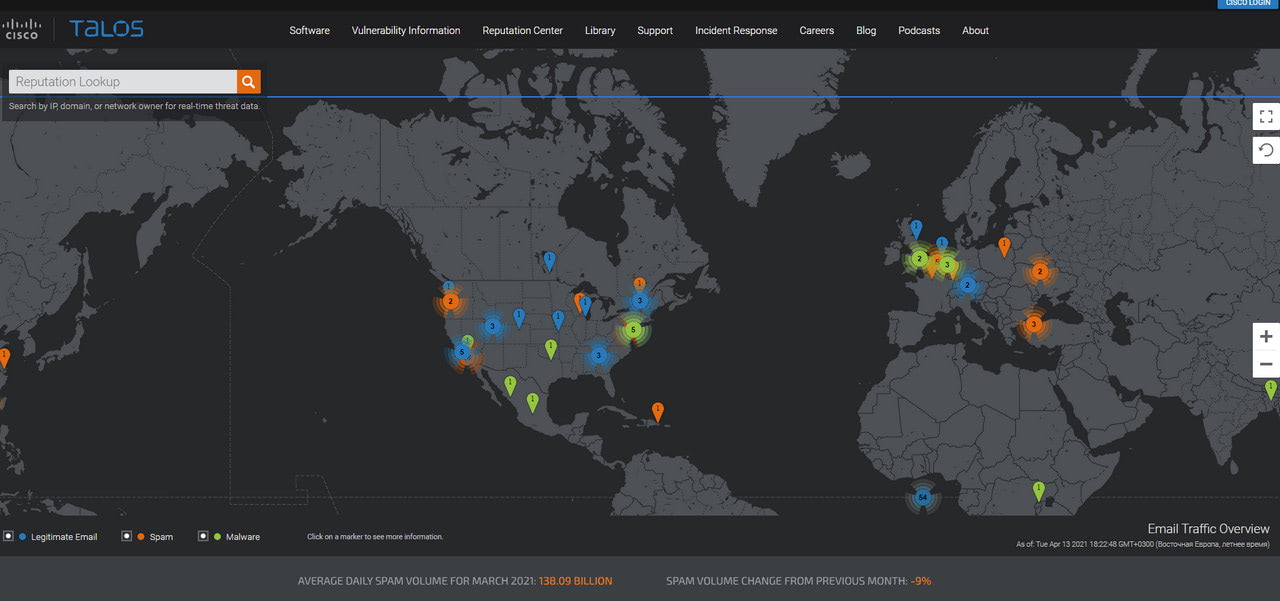
Spam Volume by Cisco Intelligence
How to Check Blacklist Domain?
So, we have already figured that it is crucial to verify domain blacklisting regularly. However, how to do this? It is straightforward: follow this 4-step routine.
The important thing to note. Bear in mind that even if you use one of the respected email service providers with tools that check blacklist domain, it still does not mean that you are protected from being blacklisted. It is still highly recommended to do your own checkups to ensure that no stone was left unturned.
Step 1 – Find Out What the Major Blacklist Providers Are?
Let us start with the basics – find out the major blacklist providers whom legitimate senders tend to turn to and with whom you should consult.
As we have already mentioned, there are hundreds of domain blacklists on the web. Some of them are private, some are public, and others are maintained by specific companies specializing in online threat protection. The big and trusted names, which ISPs, MSPs, and companies use to recognize legitimate senders and spammers, are:
All of them build their lists based on spam operations, spam sources, and spam services, as well as around spam traps and spam reports. Spamcop even uses a reputation score as one of the significant criteria.
To know these major blacklist providers is also crucial since if you want to delist yourself from the database, you need to follow the specific protocol. It may differ from company to company, so you need to know how to act correctly in every particular situation.

Step 2 – Gather All the Data You Need
To check blacklist domain, you need to know such things as:
- your domain;
- the emails used as senders;
- domains that you are linked to.
The latter parameter is essential since if any of the domains you are linked to is considered spammy, it will affect your reputation score and drastically increase your chances to get blacklisted too. Therefore, if any of them are blacklisted, remove them from your future email immediately.
Step 3 – Check Enterprise Blacklists, Public Domain Blacklists, and Spam Firewalls
If you are going to check the blacklist domain manually, it is time to run some tests. Private blacklists – those that Gmail, Yahoo, or Outlook have – are not open to the users; however, there are more than one hundred public databases used by ISPS and MSPs daily. You can start your series of tests there. Here are several popular platforms:
- DBL Spamhaus. Regularly updated by automated systems and global team members, this enormous blacklist comprises domains found in spam messages.
- URIBL. This is another regularly updated database that includes domains that are identified as being used in spam emails.
- SURBL. Unlike the previous two that deal with message senders, SURBL gathers websites that have appeared in unsolicited and untrusted messages.
On top of that, you should verify domain blacklisting in such enterprise blacklists and spam firewalls as
- Proofpoint
- Trend Micro
- Sophos
- CloudMark
- Cisco
- McAfee
- Barracuda
If you are listed on just a few of them, you may already have email delivery problems.
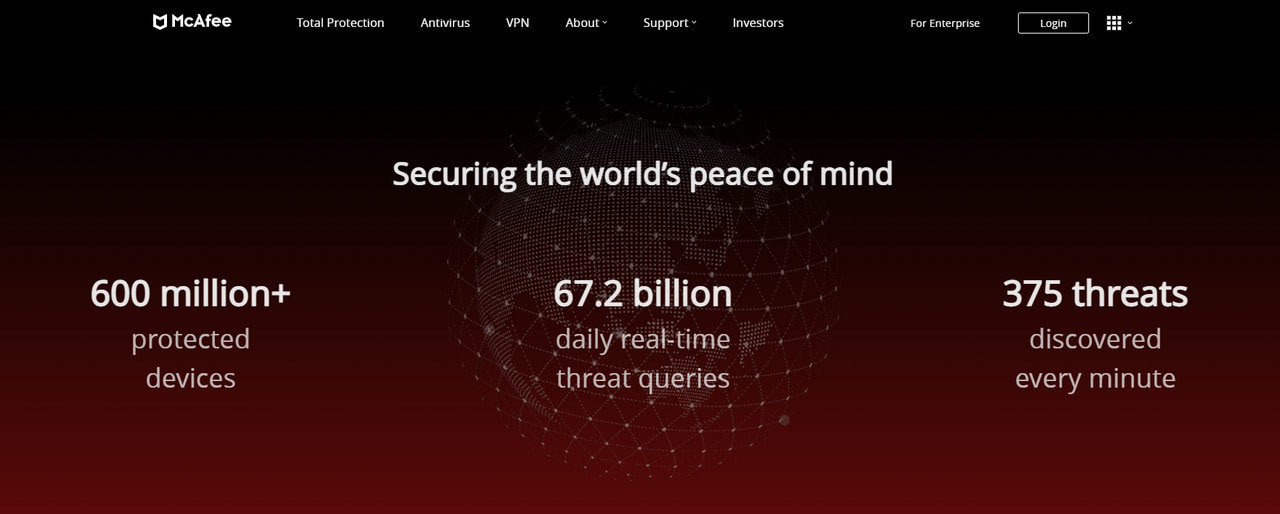
Step 4 – Use a Dedicated Blacklist Tool to Automatically Check Blacklist Domain
Check each and every database manually to verify domain blacklisting is time-consuming. There are 120 blacklists and counting, after all. Therefore, it is highly recommended to use a dedicated blacklist tool that turns this routine into a productive and efficient problem-solving process by checking multiple blacklists simultaneously. One of such tools is Unspam. It provides you with the most actionable and recent information.
How to Check Blacklist Domain with Unspam?
Working with Unspam is very easy. All you need to do is to send an email to the testing address. After that, you will get a wide-ranging spam test report. Not only will it indicate whether your domain is blacklisted or not, but it will also give you insights on such important things as DKIM record, SPF record, DMARC authentication, and even the health of HTML email content and design. This helps to root out possible problems with your domain and email marketing campaign at the first sign.
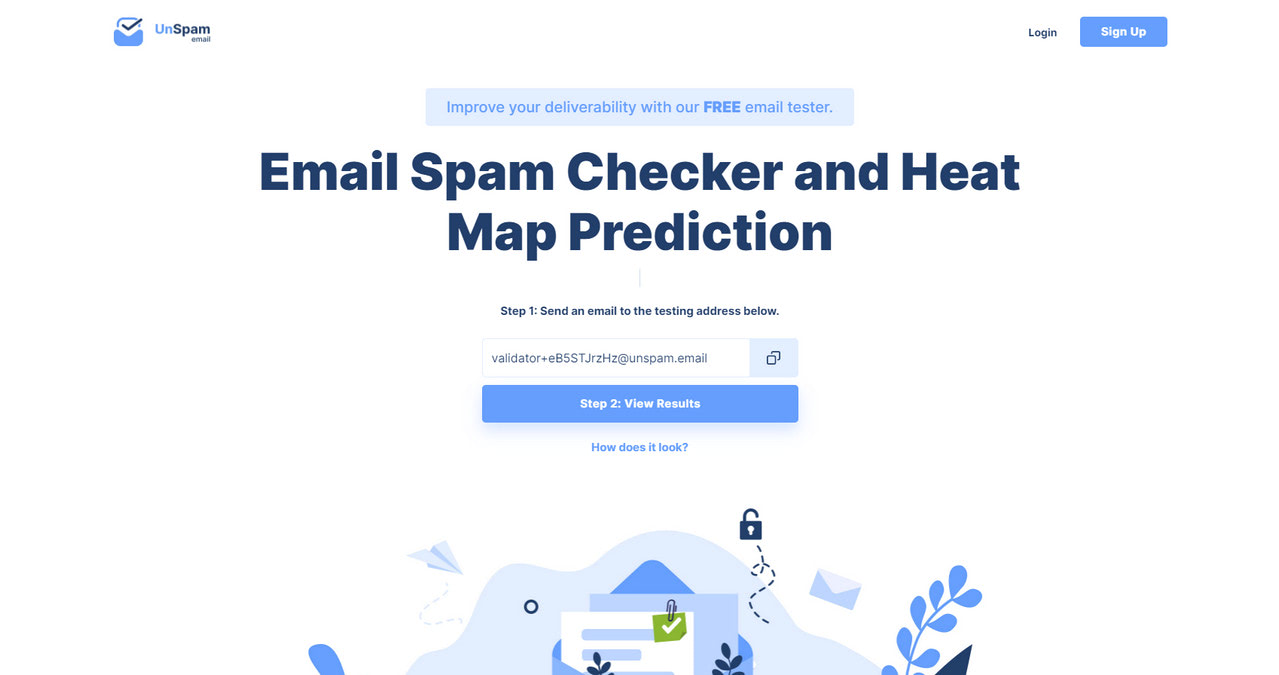
Conclusion
According to stats, phishing scams were managed to target as many as 85% of all organizations in 2020, costing businesses millions of dollars.
Spam is a serious thing that should not be taken lightly. Therefore, MSPs, ISPs, and famous antivirus programs regularly tighten preventive measures to regulate hackers’ activity and minimize their drastic impact.
This aggressive policy may save users from spammers; however, it may cause problems for “white” businesses by getting their domain blacklisted unintentionally. The time-proven way out is: verify domain blacklisting regularly by using dedicated blacklist tools like Unspam, fix issues that may cause this outcome, ask to be delisted and finally make sure you take the proper precautionary steps to avoid getting blacklisted again.


